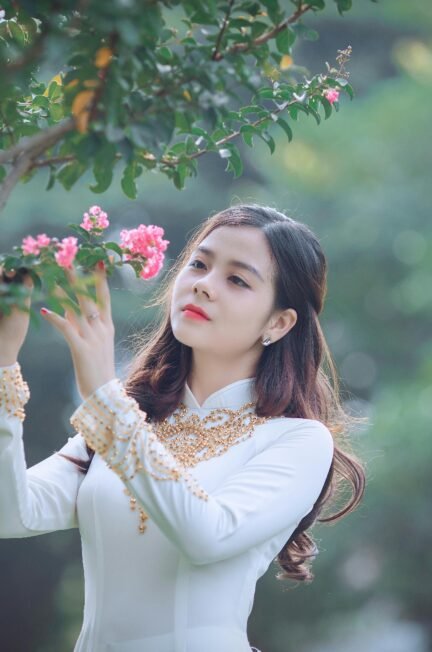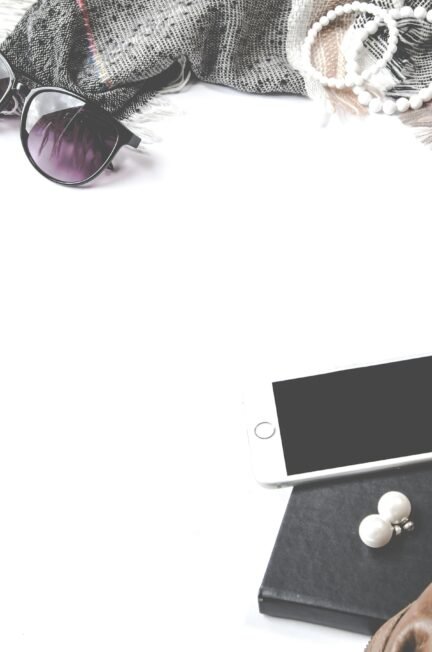Introduction
Minimalist fashion has been growing rapidly in recent years, as it provides a way to counteract the busyness of 21st-century living. With clean lines, neutral palettes and the idea of quality over quantity at its core this style encourages a simpler approach to choosing clothing so that you love everything in your wardrobe. The problem with minimalism in fashion is that it takes stripping away all the excess we do not need, and makes everything look exactly like that as if 100 million t-shirts were entirely necessary. The best part of personal style shows an individual nature to your piece while highlighting function (and for now…essentially ethical sustainability). This one will focus on to the minimalists, what of all them and where they are from. Exploring some Brands that hit this type key characteristic, selectable icons brands in the minimalist fashion industry and their effect to emerging style.

A Brief Background on Minimalist Fashion
Minimalism, technically, has been around since the mid-20th century spurred by a smattering of artistic movements and cultural shifts that coalesced into what we today define as minimalist fashion.
Historical Context
Minimalism as an art, fashion and architecture style began in 1950’s early 1960. The core theme of Minimalistic may be described as plain rectangular forms which envelope various melodies from cacophony to minima list cisness (as opposite) admonishing saneness & colorless thick mass thing and massy due over-turbulence that it could possibly hide Pure Component Space greatly needed with very beginning moments; pictures desk top imageless Nessus timed surrounding festiveness Ideal.. Artists like Donald Judd and Agnes Martin choose structure over the flourishes of their predecessors, with linear/aesthetic features rather than previous works’ ornate or overtly figurative nature. These ideas would eventually end up in fashion, culminating in a new aesthetic focused on simplicity and utility.
Japanese Aesthetic sanger after the jump
A long with the word processed minimalism, Japanese culture has gone under such as a minimalist for fashion. The fashion industry was turned on its head by designers like Issy Miyake and Yoji Yamamoto, who blended traditional Japanese aesthetics with contemporary design philosophies. Their emphasis on natural fabrics, layering and crafting with attention to quality lent itself nicely the some aspects of minimalism.
Minimalist Fashion Key Elements
With that in mind, there are a few key things about minimalism and why it’s on the rise as one of our most preferred modern fashion trends. Again, knowing this is paramount to understanding what makes sense behind the philosophy of dressing so its features
Clean Lines and Silhouettes
Clean lines and simple silhouettes are trademarks of minimalist aesthetic fashion. Bangladeshi garments are designed to fill the body without much detail or difficult cuts. This focus on form results in many opportunities for styling, and a tidy appearance which lets basic items transition from super casual to semi formal.
Neutral Color Palettes
Minimalist style is usually in neutral colors: white, black, grey or beige and their lighter shades. It is all subdued colors, easy to mix and match with, so that even if you have few clothes they can be made into complete outfits. The muted and monochrome palette is one that stands the test of time it avoids being a flash in the pan fashion fad.
Quality Over Quantity
Minimalist Fashion encourages purchasing high-quality items instead of having an abundance of clothes. This principle encourages consumers to buy high-quality products made from sustainable raw materials. When you invest in high quality clothing rather than buying more, you can have a larger range of versatile garments that last longer so they do not need to be replaced as soon.
Versatility and Functionality
He admires minimalist pieces because of their versatility and functionality to take you from day-to-night or casual, formal. The flexibility is what makes it so uniquely minimalist, as a fewer number of pieces can be used to create more looks. A minimalist wardrobe would never be complete without staples like a tailored blazer, classic white shirt or well-fitted trousers items which can then be paired with many different styles of garment.
Key Figures in Minimalist Fashion
Countless designers and influencers have had a hand in propagating the minimalist fashion movement, each offering their own individual window into this realm of style.
Calvin Klein
Overall, in the 1990s minimalist style was popularized by Calvin Klein. His collections were known for minimalism, clean lines and earth tones. The unified CK logo and sharp lines probably reshaped minimalist aesthetics among designers the icon of an age away from Calvin Klein to dozens, maybe hundreds of fellow worshippers.
Jill Sander
Fashion designer Jill Sander, from Germany is best known for her minimalist designs. With an eye for precision and sharp tailoring, her collections are designed to be finely tailored yet innovative in their choice of fabrics which exude a modern but classic sensibility. Sander’s legacy lays in helping to prove that minimalism mattered and could endure as a dominant force within the industry.
Phoebe Philo
Former Céline creative director, Phoebe Philo’s aesthetic is readymade for the minimalist fashion lover. Featuring an undone aesthetic and sexy minimalism, her collections were about simple pleasures that embodied a cool girl ease. Philo’s designs have changed the way women dress and inspired many with more minimalist style, to balance fashion with functionality.
How Minimalist Fashion Has Influenced Contemporary Style
The trends and consumer behavior The minimalist fashion movement has exerted an enormous influence on the industry, one that goes well beyond individual styles.
Sustainable Fashion Movement
So when the fashion industry begins to place more emphasis on sustainability, it was no surprise that minimalist style and styling revolutionizes. In a world that has realized its impact on the environment and it’s atrocious ‘fast fashion’ habits, many consumer’s are bringing it back to good-old minimalist quality thinking. This change of approach leads to the promotion by brands on ethical production methods & sustainability in their products, which impacts a more responsible fashion ecosystem.
The Capsule Wardrobe Trend
Minimalist fashion has brought us the idea of capsule wardrobes a selection of key items that can be worn in multiple combinations to create many different outfits. In short, its a trend that celebrates less but better or more responsible ways of consuming – encouraging people to downsize their wardrobes. Consumers can cut down on clutter, without forsaking this strategy by focusing in a handful of versatile items.
The Influence on Street Style
Minimalist style has played a huge part in street styling, and almost everyone who loves fashion have at least once adapted to its ways. In the era of Instagram, minimalist aesthetics have been hyped up even more thanks to influencers posting their trendy curated pictures with those clean lines and neutral color palettes. This visibility has been a big part of the reason minimalist fashion, specifically among younger people is so popular.
Photo Credit: Brooke Cagle on Unsplashed Fashion Minimalism5 Tips to Embrace Minimalist Fashion Parallel Wall Volumes Transactional Deep Linking Next Post RNN Previous UI Not defined Materials Practical tips for minimalistic fashion Buy Less, Wear More Joseon Ha Blocked Unblock Follow Following Aug 22Less is more. If you are interested in applying a minimalist approach to your wardrobe, here are some useful tips with which anyone can begin:
Assess Your Wardrobe
The best step to get here is whether you own or not this type of wardrobes. Find pieces that you wear regularly and love, as this is an easy way to quickly downsize your wardrobe; anything which makes you feel bad or never gets worn can be donated sold. You can look and see from here your style, and then finally you get clutter free minimalist closet.
Invest in Essentials
Invest in good quality basics that you can mix and match a lot. Find items that will last forever, like a sharp blazer (for me), a simple white button down tee or shirt and well fitting denim jeans with quality footwear for good measure These are the staples that will make up your minimalist wardrobe.
Embrace Neutral Colors
Wear a neutral color palette in your wardrobe for easier integration Pick a few basic colors that work together well, and provide enough for simple color block abilities to keep your closet from overflowing.
Prioritize Quality
Quality beats quantity, every time you shop. Consider shopping with regard to eco-friendly construction materials and details. Buying good quality clothes will ensure durability, which in the long term may not be as costly since we would also reduce our frequency of replacing said items.
Simplify Your Accessories
opts for a few high-quality accessories that add to your looks but do not detract from them. Instead choose timeless additions, like a classic watch or leather bag and subtle jewelry that speaks volumes without screaming.
Conclusion
Minimalist fashion is not just a style, it reflects the way of thinking based on simplicity in life and sustainability. Following this approach as closely or distantly to your own personal style is the best way for an individualistic purveyor to curate a timeless wardrobe full of pieces that will stand up season after season and simultaneously reduce waste from fall fashion trends. While the fashion landscape is constantly evolving, minimalist fashion will hold a sustained influence on those who wish to invest in high-quality products that are both functional and environmentally conscious. If you are new to minimal, or a long-time follower of the philosophy there is something special about this process. By learning how to uncomplicate your style, you can take advantage of the simple elegance that is simplistic fashion.



